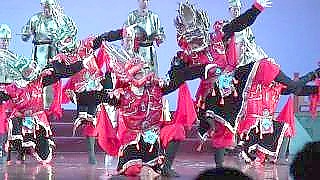
|
With SunKissed in Shangri-la, YunNan province ...
First time in Tibet ...
With mabelevollove ...
A day in an all-inclusive Chinese spa, ChengDu, with Flora and Note ...
HanFu experience in LiJiang, YunNan province, with Soph ...
24 hours in the backstreets of BeiJing, with Jack Aynsley Travel ...
With Noah Kartha, in YuYuan ...
With Bee Rose ...
With 2Passports in ShenZhen ...
LiJiang, YunNan province, with Because I'm Lizzy ...
The romantic French Concession area of ShangHai, with Wei's Travel ...
ChengDu city, with CoolVision ...
First time in ChengDu, with Adam and Yaz ...
With Just Us Travel ...
First time in BeiJing, with Feeding Foca ...
Exploring GuangZhou shopping malls, with On Tour With Dridgers ...
Autumn in BeiJing, with linyi ...
Hulunbuir, Arxan, Inner Mongolia, with Clare Traveling Pandaland ...
A week in YunNan province, with Tiny Turtle Travels ...
|






 The overnight sleeper train – BeiJing to Xi’An
The overnight sleeper train – BeiJing to Xi’An













